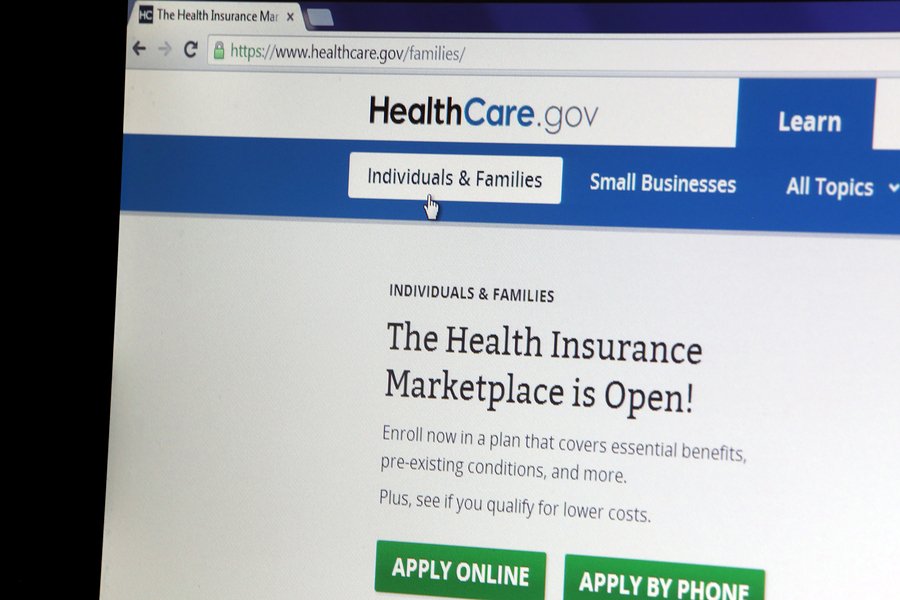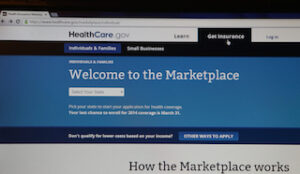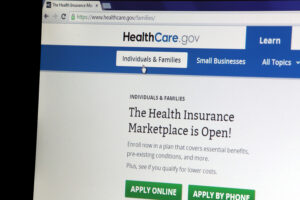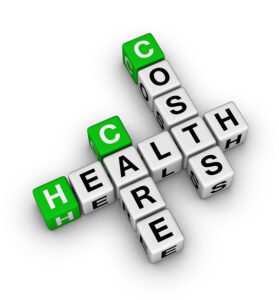The number of Americans without health insurance jumped by nearly 1.9 million in 2018, marking the first time in a decade that there has been a year-to-year increase, according to U.S. Census Bureau data released on Sept. 10.
The percentage of people with health insurance coverage for all or part of 2018 was 91.5%, lower than the rate in 2017 (92.1%). Between 2017 and 2018, the percentage of people with public coverage decreased 0.4 percentage points, and the percentage of people with private coverage did not statistically change.
In 2018, 8.5% of people, or 27.5 million, did not have health insurance at any point during the year. The uninsured rate and number of uninsured increased from 2017 (7.9% or 25.6 million). This is the first year-to-year increase in the percent of uninsured since 2008-2009.
The complete findings are contained in this report: Health Insurance Coverage in the United States: 2018.
The Census Bureau survey findings quickly led to attacks by Democratic leaders on President Trump’s handling of health care and his efforts to dismantle the Affordable Care Act.
“President Trump’s cruel health care sabotage has left 2 million more people without health insurance, forced to live in constant fear of an accident or injury that could spell financial ruin for their families,” said House Speaker Nancy Pelosi, (D-CA).
Senate Democratic Leader Chuck Schumer (D-NY), also chimed in: “The relentless effort by Republicans to sabotage our health care system has resulted in millions of fewer Americans with health insurance and skyrocketing costs for American families.”
Census officials said the increase was mostly driven by a drop in the number of people, including children, covered by public programs like Medicaid and the Children’s Health Insurance Program (CHIP).
The numbers demonstrate that insurance gains under the ACA have stalled and are appearing to reverse as the Trump administration focuses on paring back the law’s insurance markets and shrinking enrollment in those public safety net programs like Medicaid and CHIP.
Ed Haislmaier, a senior research fellow at the right-leaning Heritage Foundation, told ABC News he found the survey data “questionable” and said it conflicts with other administrative data released by the federal government.
He said there’s evidence that about 1.6 million people have dropped Medicaid or CHIP in one year. That potential drop in Medicaid and CHIP enrollments is likely due to an improved economy and that some of those people no longer qualify, he said. Worth noting, too, is that those 1.6 million Americans no longer enrolled in Medicaid or CHIP aren’t necessarily going without insurance or health care, he said.
“Uninsured does not mean people don’t get care,” Haislmaier told ABC.
More findings from the report
- Between 2017 and 2018, the percentage of people without health insurance coverage at the time of interview decreased in three states and increased in eight states.
- In 2018, private health insurance coverage continued to be more prevalent than public coverage, covering 67.3% of the population and 34.4% of the population, respectively (some people may have more than one coverage type during the calendar year). Of the subtypes of health insurance coverage, employer-based insurance remained the most common, covering 55.1% of the population for all or part of the calendar year.
- For the first time, estimates include coverage purchased through a federal or state marketplace. In 2018, 3.3% of people, or 30.8% of people with direct-purchase insurance, obtained their coverage through the state or federal health insurance marketplace.
- Between 2017 and 2018, the percentage of people covered by Medicaid decreased by 0.7 percentage points to 17.9%. The rate of Medicare coverage increased by 0.4 percentage points. This increase was driven by growth in the number of people age 65 and over. Among those 65 years and older, the Medicare coverage rate did not statistically change between 2017 and 2018. However, the percentage of the U.S. population 65 years and older increased between 2017 and 2018. In 2018, the percentage of people covered by Medicaid was not statistically different from the percentage covered by Medicare.
- The percentage of people with employment-based coverage, direct-purchase coverage, TRICARE, and VA or CHAMPVA health care did not statistically change between 2017 and 2018.
- In 2018, children under the age of 19 had a lower overall coverage rate (94.5%) than adults age 65 and over (99.1%), but a higher rate than adults age 19 to 64 (88.3%).
- The percentage of uninsured children under the age of 19 increased by 0.6 percentage points between 2017 and 2018, to 5.5%.













